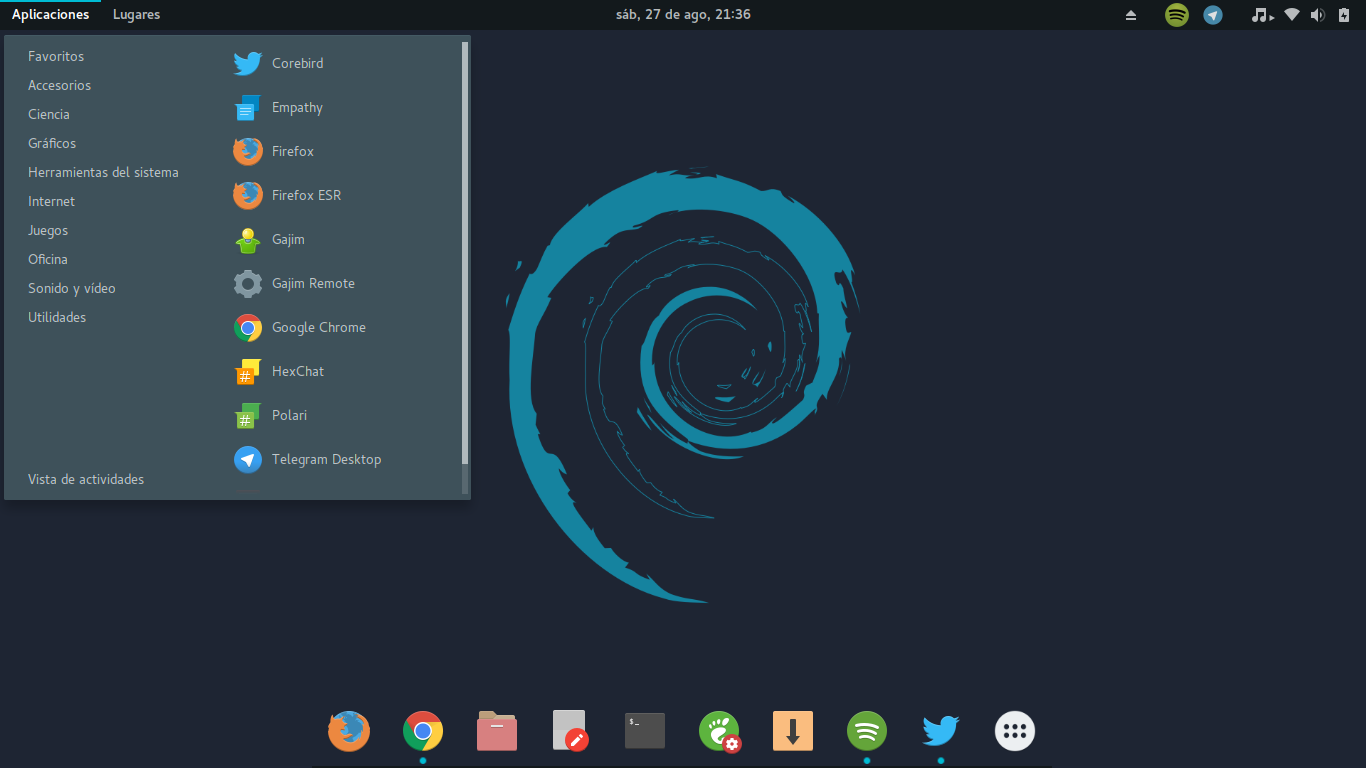

Then it updates the package index to sync with the newly appended Node.JS repository.Īt the tail-end of the output, you are provided with the next steps to take – which is to install Node.JS and NPM. The seup script add the GPG signing key and proceeds to create a sources list file for the Node.JS repository in the /etc/apt/sources.list file. First, add the repository to Debian 11 with the command: $ curl -fsSL | sudo -E bash. In this step we are going to install Node.js from source. This is the best option if you wish to install a specific version of Node.js. You can build and compile Node.js from source.

This might take a while and it’s advisable that you have a good internet connection. This install Node.JS alongside a bunch of libraries and dependencies. Using the APT package manager, install NodeJS and NPM as follows: $ sudo apt install nodejs npm They can simply be installed with the commands: $ sudo apt update Node.js and npm are available in the default debian repositories. Option 1: Install Node.js & NPM from Debian repository In this guide you will learn how to install Node.JS & NPM on Debian 11. NPM is a software package manager for NodeJS that allows developers to share useful JavaScript libraries and packages. Node.js allows frontend developers using JavaScript to build the backend without using a different programming language. JavaScript is a popular programming language for building web applications. Node.js is an open-source and cross platform Javascript framework.


 0 kommentar(er)
0 kommentar(er)
